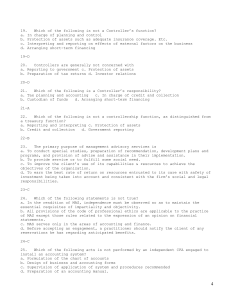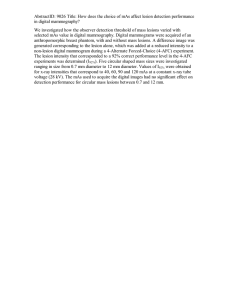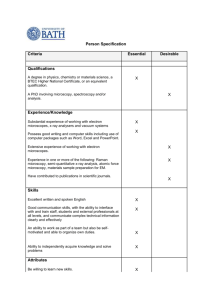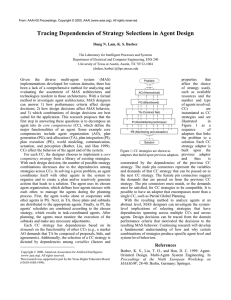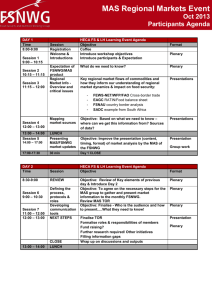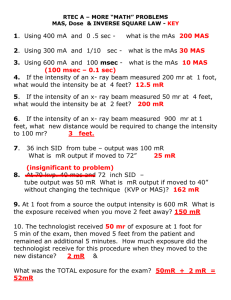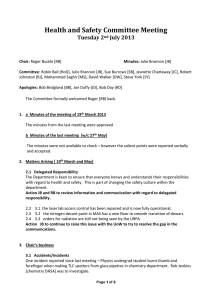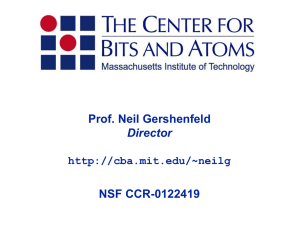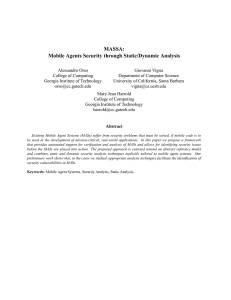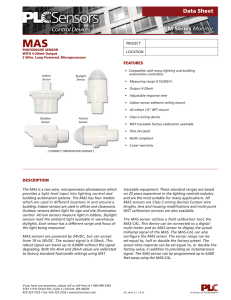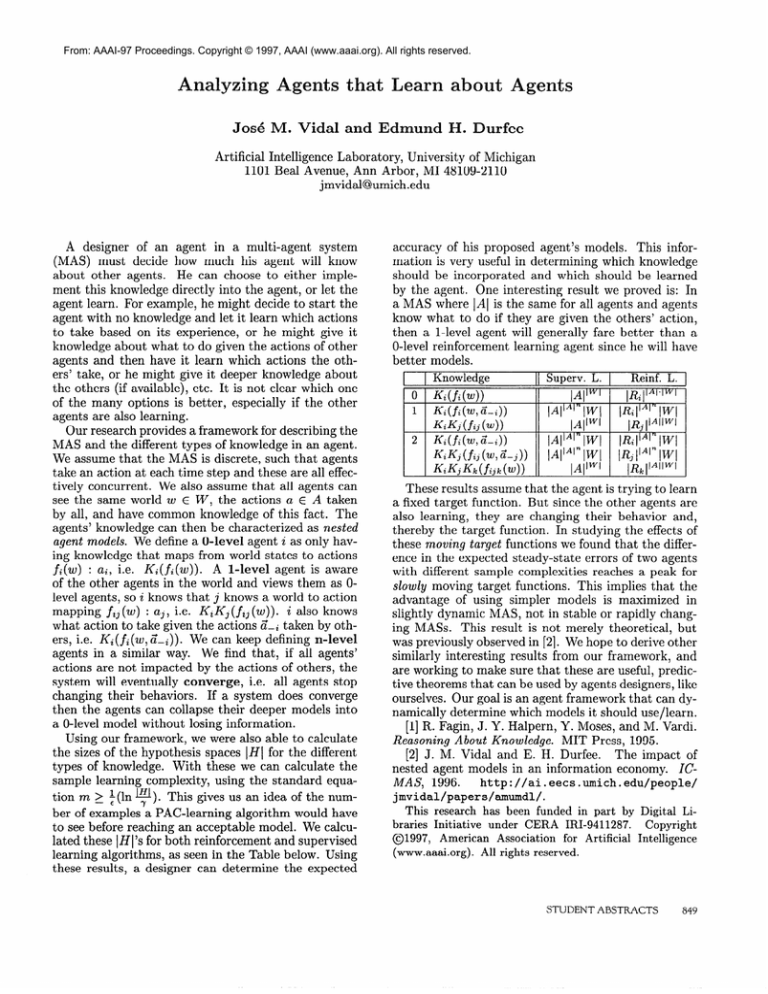
From: AAAI-97 Proceedings. Copyright © 1997, AAAI (www.aaai.org). All rights reserved.
Analyzing Agents that Learn about Ag
Jo& M. Vidal
Artificial Intelligence
and Edmund
Laboratory,
H. Durfee
University of Michigan
1101 Beal Avenue, Ann Arbor, MI 48109-2110
gmvidal@umich.edu
A designer of an agent in a multi-agent system
(MAS) must decide how much his agent will know
about other agents. He can choose to either implement this knowledge directly into the agent, or let the
agent learn. For example, he might decide to start the
agent with no knowledge and let it learn which actions
to take based on its experience, or he might give it
knowledge about what to do given the actions of other
agents and then have it learn which actions the others’ take, or he might give it deeper knowledge about
the others (if available), etc. It is not clear which one
of the many options is better, especially if the other
agents are also learning.
Our research provides a framework for describing the
MAS and the different types of knowledge in an agent.
We assume that the MAS is discrete, such that agents
take an action at each time step and these are all effectively concurrent. We also assume that all agents can
see the same world w E W, the actions a E A taken
by all, and have common knowledge of this fact. The
agents’ knowledge can then be characterized as nested
agent models. We define a O-level agent i as only having knowledge that maps from world states to actions
Ki(fi(w)).
A B-level agent is aware
fi(W)
: C&i, i.e.
of the other agents in the world and views them as Olevel agents, so i knows that j knows a world to action
mapping fij (w) : aj, i.e. KiKj(fij
(w)).
i also knows
what action to take given the actions 67-i taken by others, i.e. Ki(fi( w, 2-i)). We can keep defining n-level
agents in a similar way. We find that, if all agents’
actions are not impacted by the actions of others, the
system will eventually converge, i.e. all agents stop
changing their behaviors. If a system does converge
then the agents can collapse their deeper models into
a O-level model without losing information.
Using our framework, we were also able to calculate
the sizes of the hypothesis spaces ]H] for the different
types of knowledge. With these we can calculate the
sample learning complexity, using the standard equation m 2 $(ln l$l ). This gives us an idea of the number of examples a PAC-learning algorithm would have
to see before reaching an acceptable model. We calculated these ]H]‘s for both reinforcement and supervised
learning algorithms, as seen in the Table below. Using
these results, a designer can determine the expected
accuracy of his proposed agent’s models. This information is very useful in determining which knowledge
should be incorporated and which should be learned
by the agent. One interesting result we proved is: In
a MAS where IAl is the same for all agents and agents
know what to do if they are given the others’ action,
then a l-level agent will generally fare better than a
O-level reinforcement learning agent since he will have
better models.
Knowledge
Superv.
L.
Reinf.
L.
I~
These results assume that the agent is trying to learn
a fixed target function. But since the other agents are
also learning, they are changing their behavior and,
thereby the target function. In studying the effects of
these moving target functions we found that the difference in the expected steady-state errors of two agents
with different sample complexities reaches a peak for
slowly moving target functions. This implies that the
advantage of using simpler models is maximized in
slightly dynamic MAS, not in stable or rapidly changing MASS. This result is not merely theoretical, but
was previously observed in [2]. We hope to derive other
similarly interesting results from our framework, and
are working to make sure that these are useful, predictive theorems that can be used by agents designers, like
ourselves. Our goal is an agent framework that can dynamically determine which models it should use/learn.
[l] R. Fagin, J. Y. Halpern, Y. Moses, and M. Vardi.
Reasoning About Knowledge. MIT Press, 1995.
The impact of
[2] J. M. Vidal and E. H. Durfee.
nested agent models in an information economy. IChttp://ai.eecs.umich.edu/people/
MAS, 1996.
jmvidal/papers/amumdl/.
This research has been funded in part by Digital Libraries
01997,
Initiative
American
(www.aaai.org).
under
CERA
Association
IRI-9411287.
for
Artificial
Copyright
Intelligence
All rights reserved.
STUDENT ABSTRACTS
849

